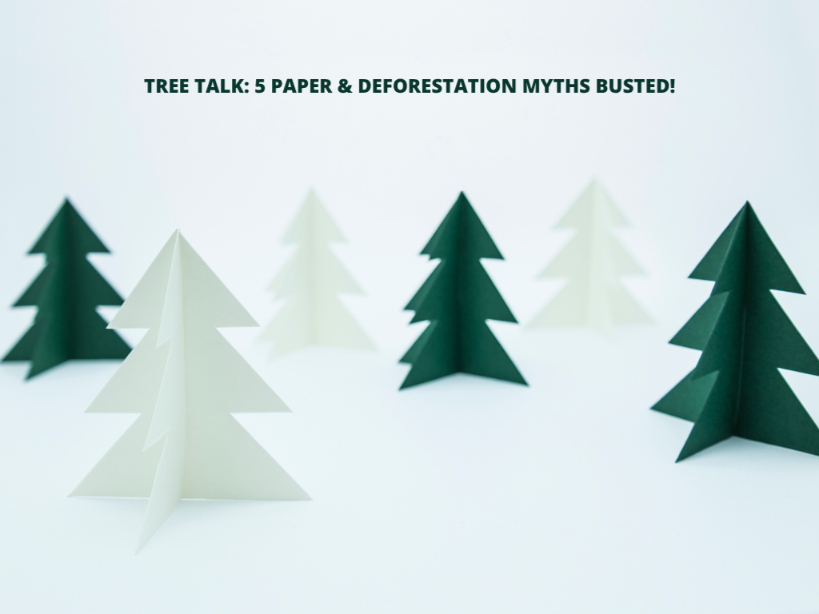Tree Talk: 5 Paper & Deforestation Myths Busted!
Step into the world of paper power and uncover some surprising truths about deforestation! As we delve into five fascinating facts, you’ll see how the paper industry is not only shaping our daily lives but also playing a crucial role in preserving our planet’s precious woodlands. Get ready for a journey that will challenge your perceptions and ignite your passion for sustainability!
Fact 1: Deforestation and forest loss may seem interchangeable, but they’re not quite the same. Deforestation involves intentionally and permanently clearing forests, often for non-forest purposes like agriculture or development. However, forests face threats beyond deforestation alone. In recent years, 23% of global tree cover loss has been attributed to wildfires, while diseases and insects also contribute to tree loss. Depending on the severity of forest loss and its triggers, some forests can regenerate naturally, while others require dedicated restoration efforts to prevent permanent loss and restore equilibrium.
Fact 2: When it comes to global deforestation, agriculture takes the lead. Industrial agriculture practices, including livestock grazing, animal feed production, and crop-based biofuels, drive the majority of deforestation worldwide. Additionally, mining, drilling, and urban development play contributing roles. Unlike the paper industry, these industries often lack financial incentives to maintain forests or support regeneration. Choosing paper products and recycling them helps to sustain the regenerative cycle, given that the volume of wood grown in the U.S. is approximately double the amount harvested.
Fact 3: It might seem counterintuitive, but the regions with the highest consumption of forestry products experience the lowest rates of deforestation. This paradox arises because the pulp and paper industry relies on the regeneration of forests for economic stability. In the United States, papermakers are deeply invested in maintaining thriving forests. They achieve this through privately owned and managed forests, which are carefully planted and sustainably harvested.
In fact, 90% of the wood used in everyday forestry products originates from these private, sustainably managed working forests, many of which are certified as sustainable. By choosing these products, you actively contribute to the promotion of healthy forest management and regeneration.
Fact 4: Deforestation isn’t a major concern worldwide, unlike in tropical regions like the Amazon. Surprisingly, global forest cover has increased significantly over the past few decades. There are now 20% more trees on the planet than there were in 1970, with an additional 18 million acres of forests planted since 1990. This remarkable growth isn’t accidental; it’s a result of sustainable practices embraced by modern forest industries. These industries prioritize land stewardship, harvesting less than 2% of global forestland annually. And when they do harvest, it’s mostly for wood products like lumber, with only a small fraction allocated for paper and paper products.
Fact 5: Who’d have thought? Even the World Wildlife Fund gives a nod to the paper industry’s green game! According to the experts, responsible paper operations are like a triple win: good for forests, local economies, and us! So, next time you’re shopping for paper products, remember—you’re not just buying paper, you’re supporting a forest-friendly future.
Deforestation rates have taken a nosedive in the last three decades, but that doesn’t mean our work is done. Every decision you make, from the paper products you choose to recycle, has a ripple effect that reaches all the way up to the treetops. So, keep supporting forest health by opting for paper products, and remember that when you recycle, you’re contributing to a cycle that keeps our land vibrant, resilient, and sustained. Together, let’s continue to nurture and protect our forests for generations to come!


